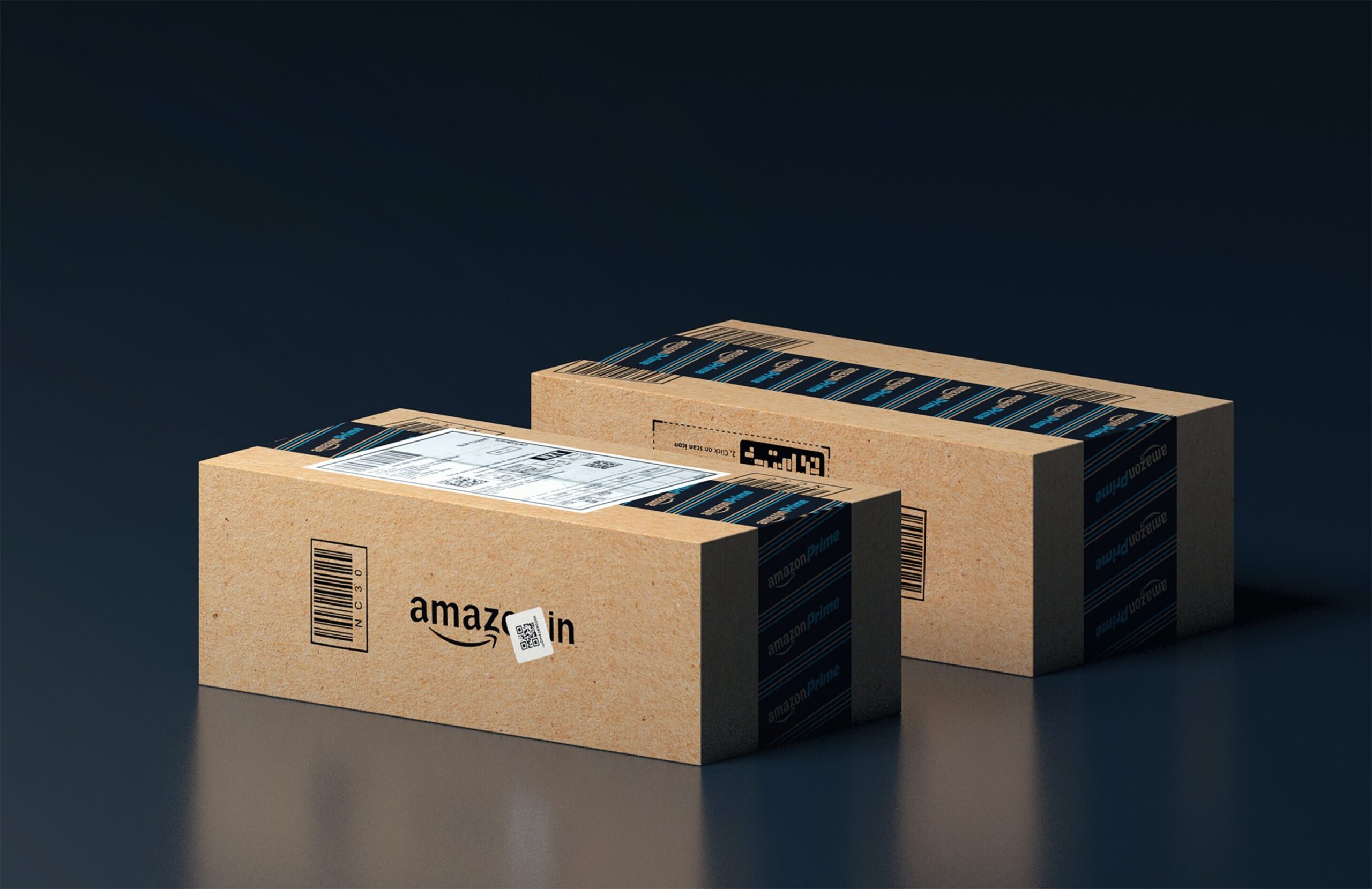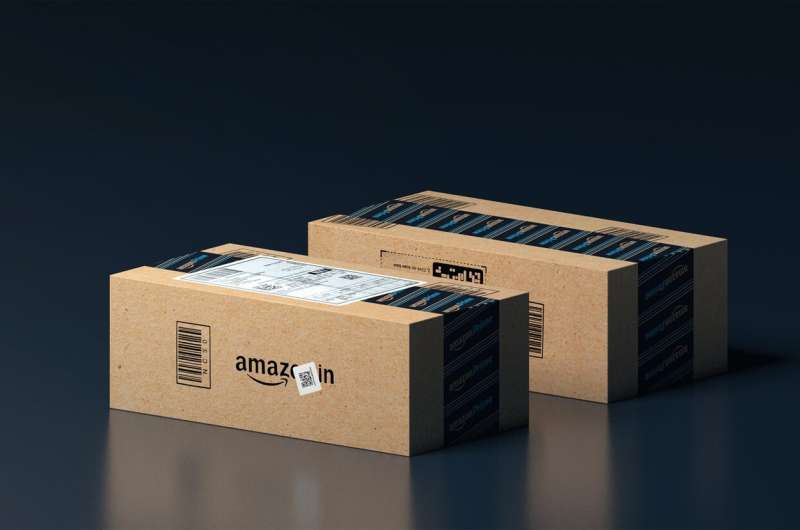

Researchers from Sichuan University, Tsinghua University, and University of California Davis published a new Journal of Marketing study that examines when and how a company’s own delivery services affect customers’ behaviors and online retailers’ sales performance.
The study, forthcoming in the Journal of Marketing, is titled “How Own Delivery Services Influence Customer Behavior and Sales in Online Retail? Building Trust and Improving Delivery Quality in Digital Economy” and is authored by Banggang Wu, Yubo Chen, and Prasad A. Naik.
Last-mile home delivery is now a priority for many online retailers. An increasing number of online retailers have invested billions of dollars to build their own delivery services (ODS) to deliver products to customers’ homes through their own logistics network.
For example, Ocado, a leading online grocer in the U.K., launched its ODS in 2000; JD.com launched its ODS in China in 2010; BigBasket followed suit in India in 2011; and Amazon started its own delivery network after a disastrous 2013 holiday season. In 2023, Amazon delivered 5.9 billion packages—approximately two-thirds of its packages delivered in the U.S.—through its ODS.
This trend raises important questions: How does the shift to ODS affect customers’ behaviors and online retailers’ sales performance? When should online retailers venture beyond their core business of retailing to offer ODS, and why?
This new study examines customer-level data on 250,055 customer transactions over 10 years across 416 cities and 49 product categories from JD.com and 6.7 million customer reviews to answer these questions.
The value of ODS
“Our study is the first to empirically estimate the sales impact of ODS and demonstrate the effectiveness of self-ownership delivery service. We show that ODS is a profitable strategy in the long run by not only improving delivery quality, but also by building customer trust,” says Wu.
With third-party delivery service providers, when consumers receive damaged products, it is hard to know where to pin blame because the product may be damaged before delivery (when the online retailer is responsible) or during the delivery process (when the third-party delivery supplier is responsible).
With ODS, the online retailer takes full responsibility for product damages or other delivery issues. Consequently, consumers face low online transaction risks, and ODS helps build consumers’ trust in online retailers and increases purchases.
Chen adds, “our results show that, at the individual customer–level, ODS increases customers’ monthly spending by 7.8%, purchase frequency by 4.2%, and the number of items purchased by 5.1%. At the city level, ODS results in an average aggregate sales growth of 11.9% and is larger in cities with a lower level of customer trust than in cities with a higher level of customer trust.”
Additionally, ODS has greater value for infrequent buyers, higher-risk product categories, and JD’s own products. “Our analysis reveals that ODS not only improves delivery quality, but also builds customer trust, which together increase customers’ purchases,” Naik states.
Lessons for Chief Marketing Officers
ODS is a profitable strategy in the long run because it helps an online retailer acquire more active customers and increase customer purchases. JD’s annual reports disclosed that it had 47.4 million and 90.6 million active customer accounts in 2013 and 2014, respectively, and that the average consumer growth rate was more than 90% between 2010 and 2013 and 50% between 2010 and 2020. Thus, the ODS effect can be expected to be much larger if we account for the growing customer base.
When should online retailers offer ODS?
- ODS works better in cities or markets with lower levels of customer trust. This suggests ODS is even more important for online retailers in emerging markets (e.g., JD in China, BigBasket in India).
- ODS works better for customers with less purchasing experience. This suggests that online retailers should start ODS in regions with many potential new customers. For example, Alibaba provided ODS in Brazil as part of its effort to expand into the Latin American market.
- ODS has a greater impact on high-risk product categories. This suggests that the self-ownership model is more suitable for high-risk products such as perishable goods. Online grocer Ocado adopted the ODS model in the UK; Walmart acquired Parcel and started using its own delivery network to deliver fresh, frozen, and perishable food; and Amazon uses ODS for fresh grocery and food delivery.
- Finally, ODS generates more sales for JD’s products than third-party products. This suggests that online retailing platforms can expand ODS for third-party sellers by offering services like Fulfillment by Amazon, in which sellers are provided storage, packaging, and shipping assistance. Sellers can ship their merchandise to an Amazon fulfillment center, where items are stored in warehouses until they are sold.
More information:
Banggang Wu et al, How Own Delivery Services Influence Customer Behavior and Sales in Online Retail? Building Trust and Improving Delivery Quality in Digital Economy, Journal of Marketing (2024). DOI: 10.1177/00222429241239892
Provided by
American Marketing Association
Citation:
The importance of self delivery in online retail (2024, July 2)
retrieved 3 July 2024
from https://phys.org/news/2024-07-importance-delivery-online-retail.html
This document is subject to copyright. Apart from any fair dealing for the purpose of private study or research, no
part may be reproduced without the written permission. The content is provided for information purposes only.